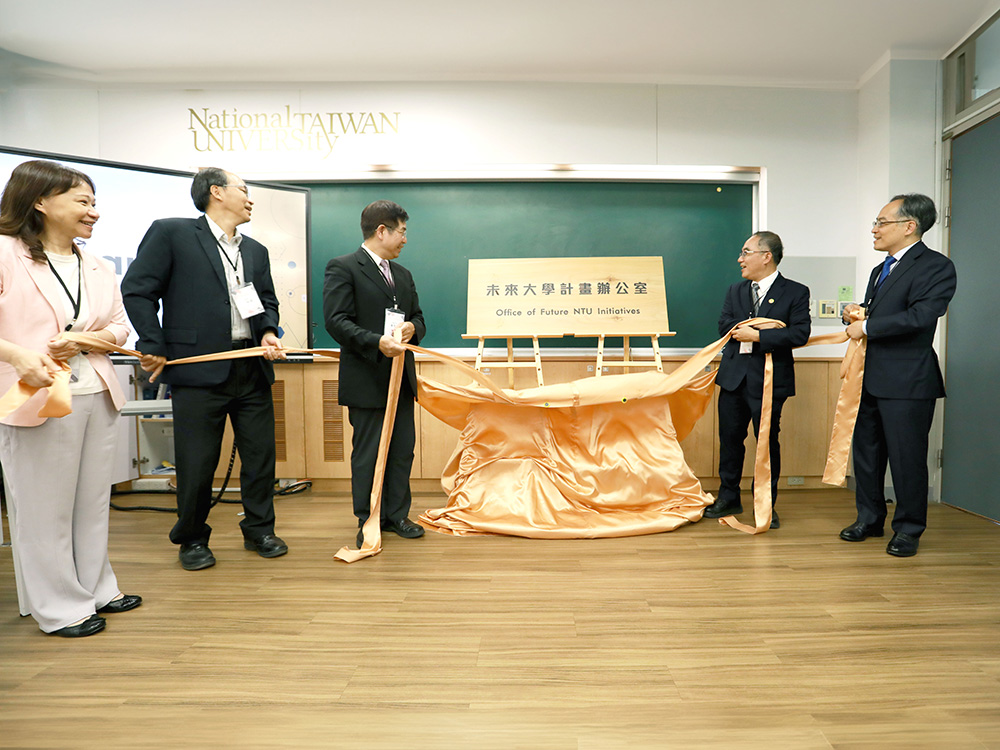
Inauguration of the Office of Future NTU Initiatives at National Taiwan University
瀏覽器版本過舊,或未開啟 javascript
請更新瀏覽器或啟用 javascript
Spotlights
Stanford Prof. Chao-Lin Kuo (third from left) and NTU team members, Kuo-Pin Huang (first from left), Prof. Wei-Hsin Sun (second from left), and Yu-Han Tseng (fourth from left) at Ali, Tibet. Behind them is the base column for placing observation facilities.
A Stanford professor of physics and an alumnus of the NTU Department of Physics, Chao-Lin Kuo (郭兆林) is leading the US-based BICEP3 team consisting of members from Harvard University, California Institute of Technology, and University of Minnesota. In addition to detecting primordial gravitational waves at the South Pole in the series of BICEP experiments, Prof. Kuo leads the Stanford team to collaborate the research team directed by Prof. Xinmin Zhang (張新民) from the Institute of High Energy Physics, Chinese Academy of Sciences. Their objective is to find an extremely dry place suitable for observation and with access to logistics in the Ali area on the Tibetan Plateau. In addition to collecting data of the Northern Sky, the project hopes to confirm or detect the primordial gravitational waves that the team has been trying to detect at the South Pole.
On July 16, the team members traveled a long way and finally arrived at the No.1 Observation Station in Ali at the altitude of 5,250 m. Devices for detecting gravitational waves have been under construction for Phase 1 investigation. The team members have started to travel upward to the altitude of 5,950 m in search of a better spot to set up high-frequency devices for the next phase of investigation. The team’s goal is to build the world’s highest astronomical observation station at the altitude of 6,000 m.
In Taiwan, Prof. Kuo invited NTU Profs. Wei-Hsin Sun (孫維新; also Director-General of the National Museum of Natural Sciences), Pisin Chen (陳丕燊; also LeCosPA Director), and Jiun-Huei Proty Wu (吳俊輝) to participate in the project. In particular, Prof. Sun has worked on the Tibetan Plateau for nearly 10 years, building an optical telescope observatory there and promoting astronomical education. Therefore, he plays a crucial role in the following investigations and developments of the Ali Project.
According to the NTU team, the strong gravitational waves that appeared along with the Big Bang and expanded in the universe are named “primordial gravitational waves.” Albert Einstein predicted the existence of gravitational waves as early as the year following his publication of special relativity in 1915. The gravitational waves of black holes were detected last year, but the Holy Grail of cosmology—primordial gravitational waves—is yet to be seen. Although the BICEP team’s claim of discovering gravitational waves at the South Pole in 2014 was later withdrawn, the team’s detection and measurement are still recognized as the most precise in the world. In other words, the detection of primordial gravitational waves is not far away.

Inauguration of the Office of Future NTU Initiatives at National Taiwan University
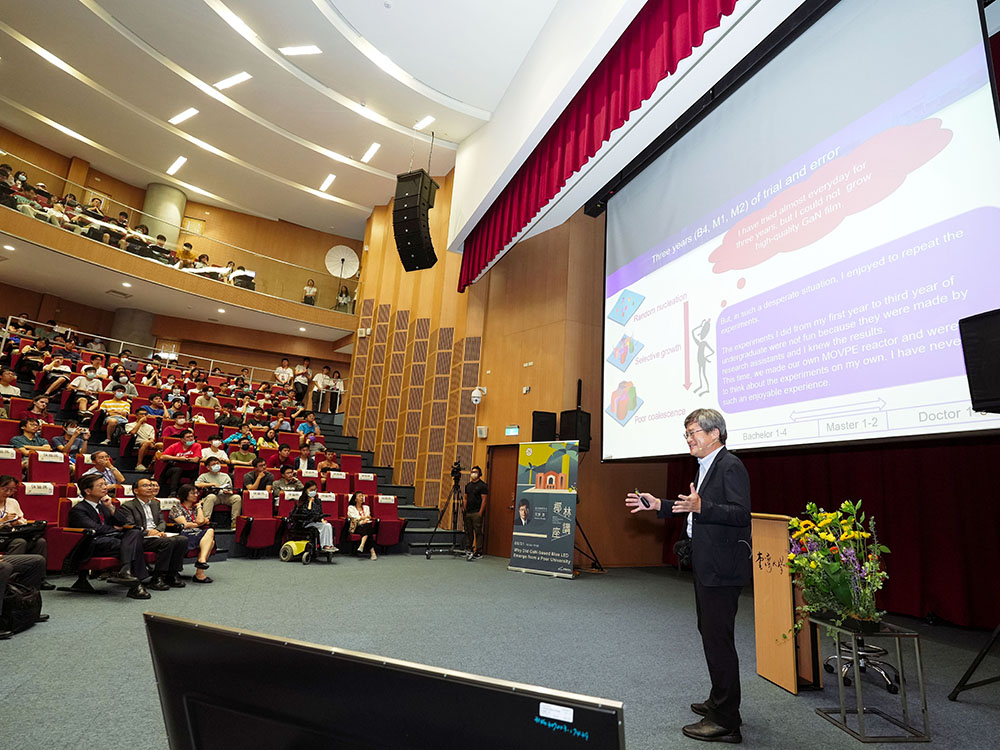
Nobel Laureate Hiroshi Amano's Lecture Marks the Beginning of NTU Royal Palm Lecture Series
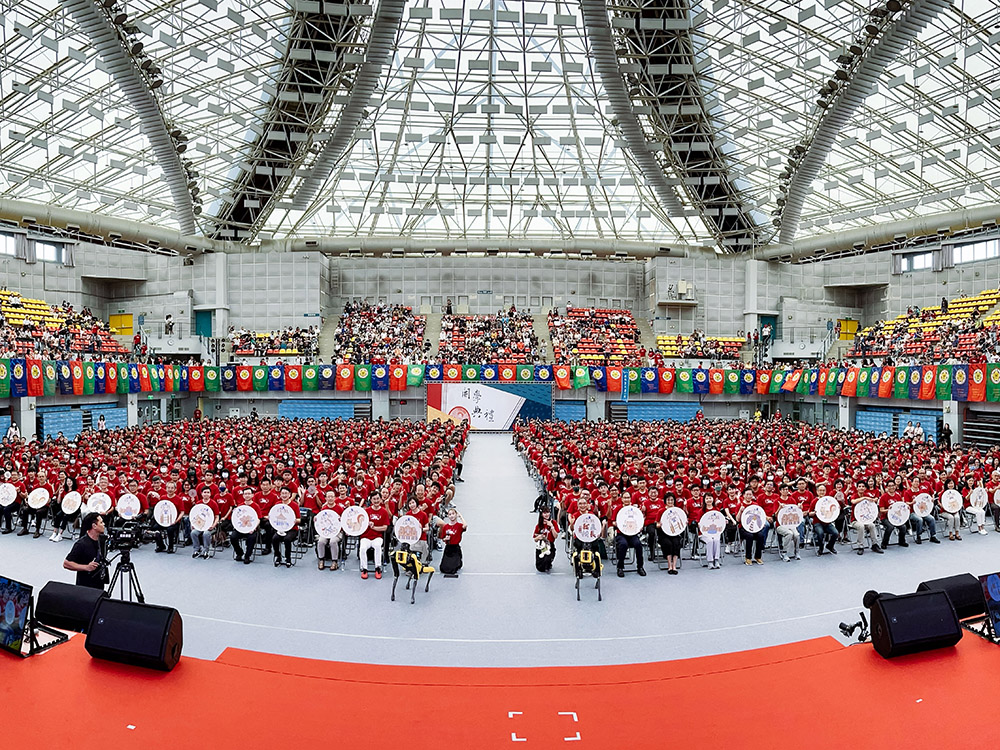
Opening Ceremony for the 112th Academic Year - Welcoming New Students to Become Part of the NTU Family
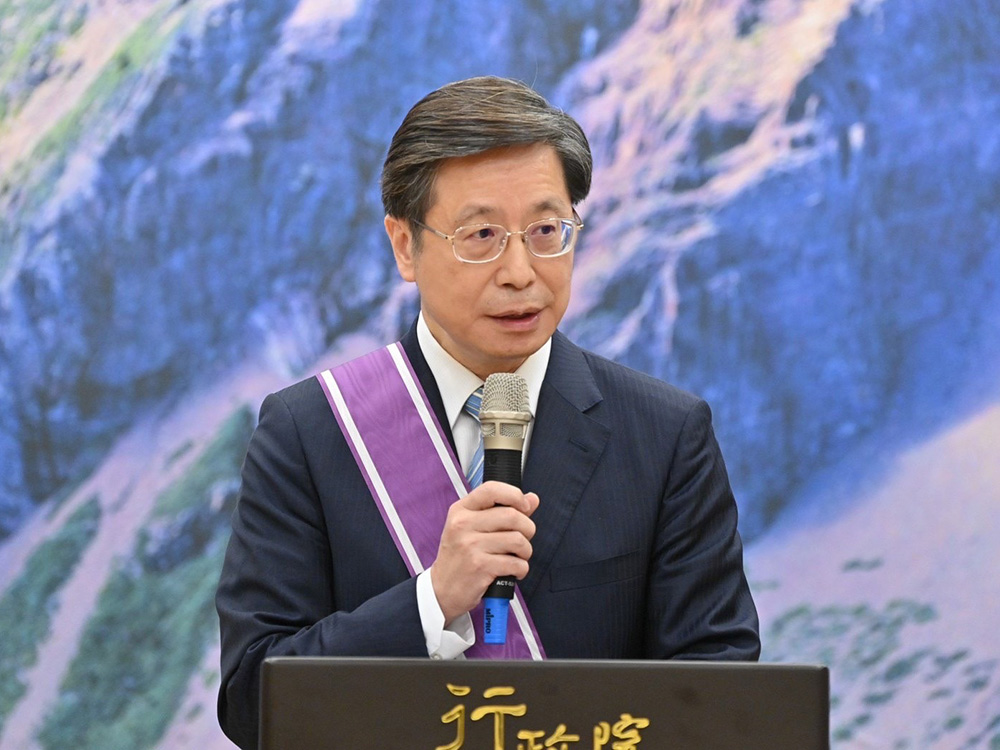
Vice President Shan-Chwen Chang was awarded the Third Class Order of Brilliant Star
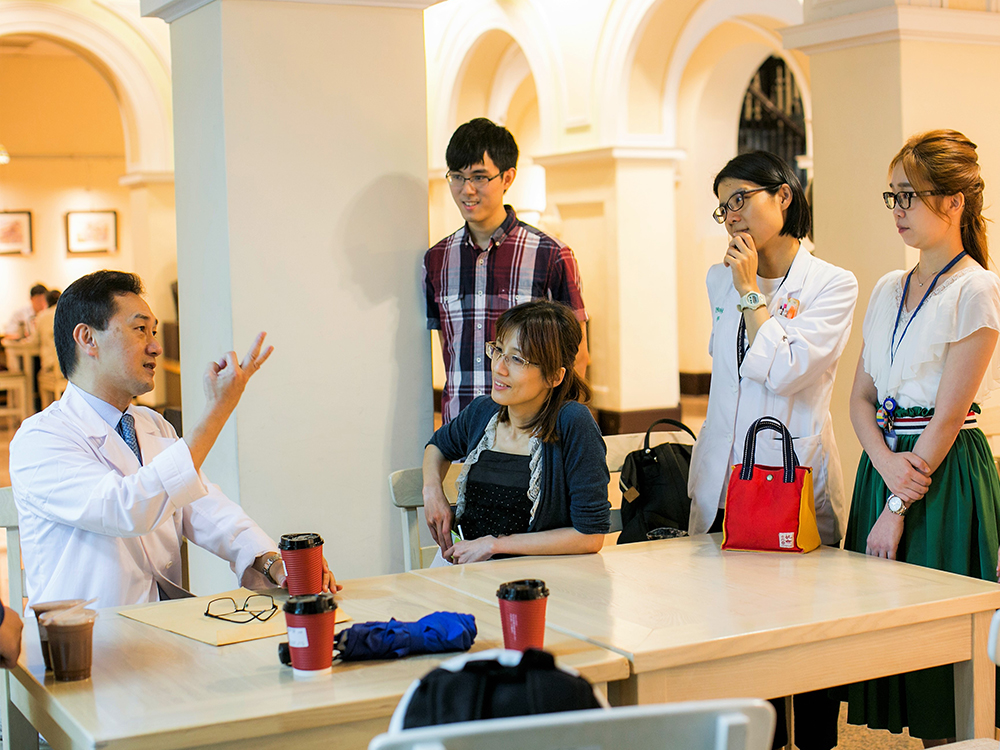
Congratulations! Prof. Lou Pei-Jen receives 2023 National Excellent Teacher Award
Current Spotlights